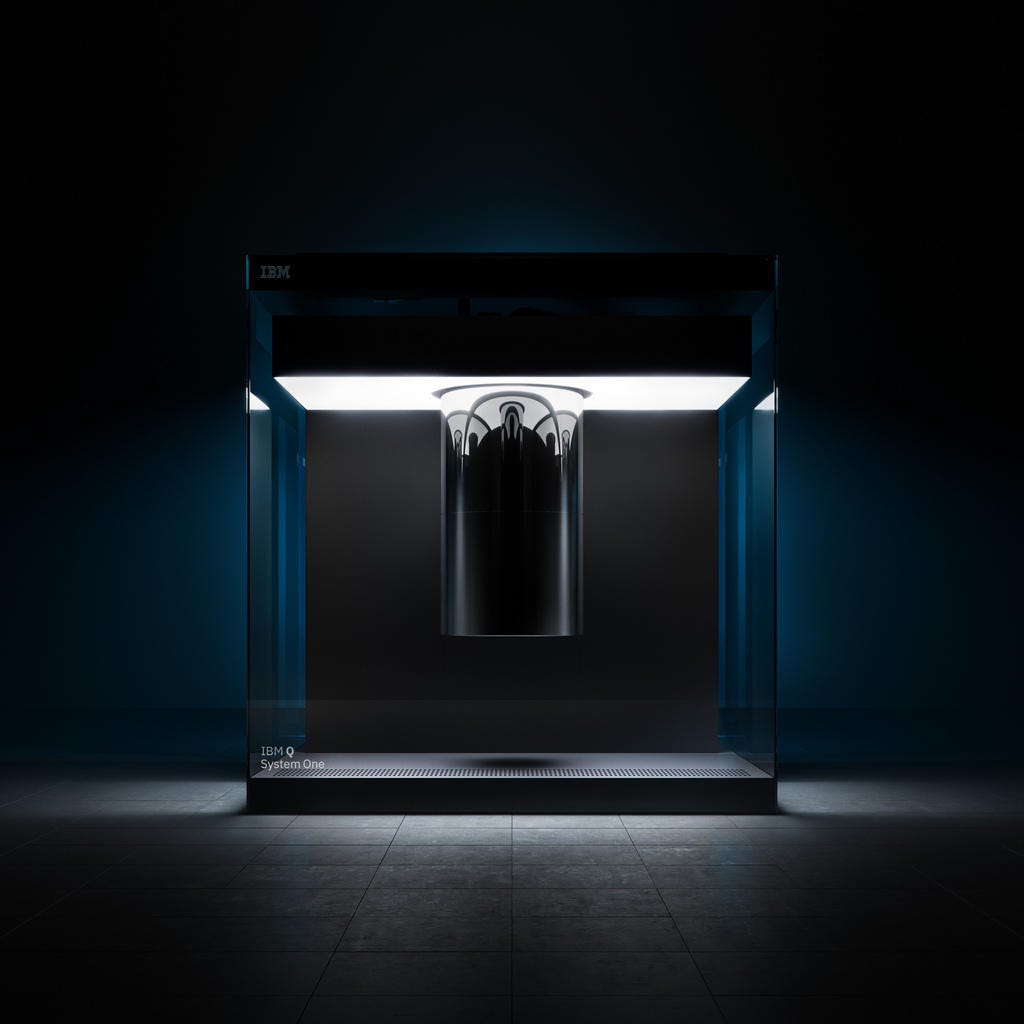![]()
Daphne Leprince-Ringuet
| November 2, 2021
| Topic: Hardware

IBM’s Q System One quantum computer.
Image: IBM
To reflect exactly how fast a quantum computer can carry out a program, IBM is launching a new quantum speed metric, in a move that is likely to add a dose of competitiveness across an industry that is growing at pace.
Named CLOPS (Circuit Layer Operations Per Second), the metric is the first to measure the number of quantum circuits a quantum processing unit (QPU) can execute per unit of time, and is designed to provide an objective understanding of the amount of work a quantum system can do in a particular period.
IBM, for its part, is working on improving the CLOPS performance of its current systems. The company recently unveiled a new architecture for quantum computing, named Qiskit Runtime, which is key to reducing latencies during quantum operations.
SEE: Quantum computing: Getting it ready for business
Runtime creates an execution environment located beside the quantum hardware, where developers can send their entire program – meaning that the loops that happen between the classical and the quantum environment are contained within a space that is physically near the quantum computer. This in turn slashes the latencies that emerge from communicating between a user’s computer and the quantum processor.
Using Qiskit Runtime, IBM’s team managed to reduce the time taken to simulate the behavior of a small molecule called lithium hydride (LiH) from 45 days to nine hours. CLOPS now enables the researchers to carry out timing measurements and identify specific speed bottlenecks in Runtime, such as idle times between consecutive circuits.
Improving CLOPS performance is now a point of focus for IBM, alongside scaling the number of qubits in the company’s processors, and increasing quantum volume. Sutor explains that, to maintain healthy competition, all quantum computing hardware providers should transparently share their results on all three aspects of performance.
“We believe it is the responsibility of quantum computer providers and those who have access to them to provide CLOPS and other metrics,” says Sutor. “That is, we all need to publish our technical results so that users and adopters of quantum computing can make their own informed decisions.”
If it is adopted as widely as quantum volume, the metric could help customers identify the pros and cons of different architectures such as superconducting qubits, trapped ions or cold atoms. Honeywell, for instance, recently claimed that the company has launched the highest performing quantum computing system in the world, boasting a quantum volume of 128 thanks to a trapped ions system. It remains to be seen if the processor’s speed can match the rest of the system’s performance.
Hardware
The future of personal computing looks just like an M1 Mac
Google Tensor: Everything you need to know about the Pixel 6 chip
Walmart’s early Black Friday sales include $87 Chromebook, $299 iPhone 12 mini
The best NAS: Network-attached storage devices for your home or business
IBM
|
PCs
|
Servers
|
Storage
|
Networking
|
Data Centers